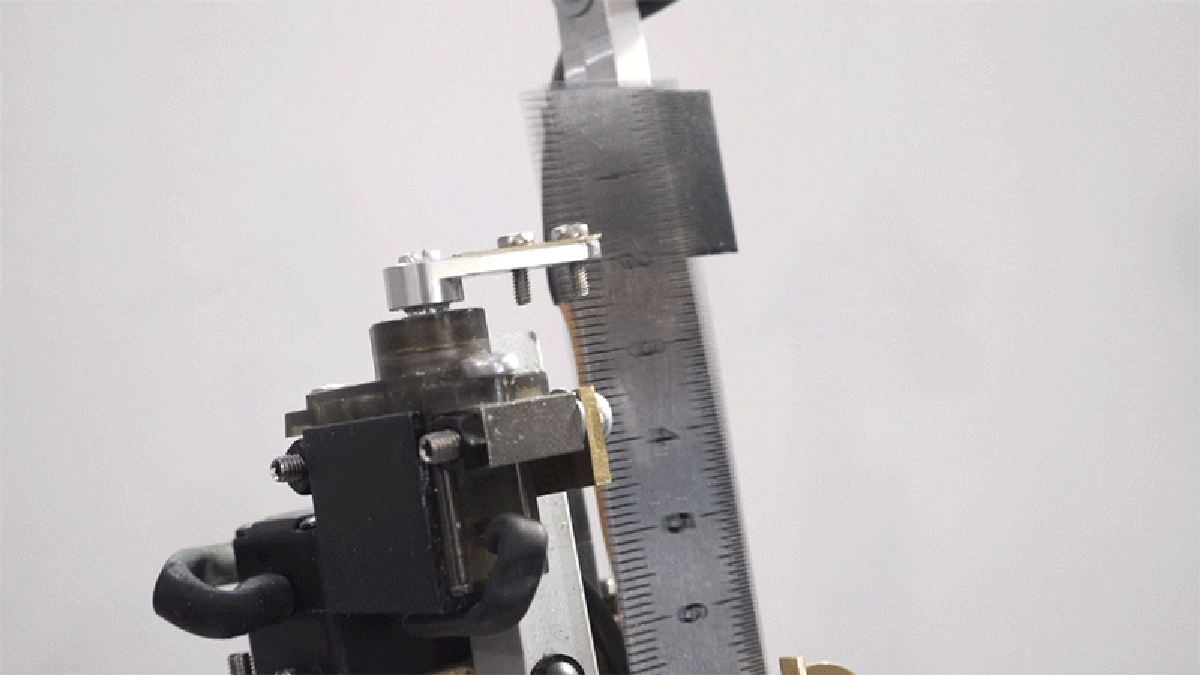

Network cards, sound cards and so on are virtualised, and operate within the virtual environment, but items such as TV cards, external SCSI adaptors and the like are out of the question. Unfortunately, despite being able to virtualise the software side, there’s very little that can done for more specialist items of hardware. Luckily, a set of extremely easy steps will transfer a snapshot of your PC, along with the operating system and all installed applications, to a single file that can be stored on a portable USB hard drive or NAS unit, for example, and accessed via your main PC. Whatever your reasons, virtualisation can make your life considerably easier.

Related: How to remote desktop to another PC Needless to say there are numerous scenarios whereby virtualisation can help us out. Or perhaps you want to save space by virtualising a number of desktops performing various tasks and cluttering up the living space. Similarly, the old laptop that’s now beginning to show signs of a premature hard drive death can be virtualised, and essentially saved for prosperity while the hardware goes to an early grave. For one, you can finally ditch that old desktop unit you’ve clung onto purely because it’s the only PC in the house with Windows XP and you need that OS to run specific software. Virtualising a physical PC has many benefits. Virtualisation has been the friend of the server room administrator for a number of years now, and although we at home have used it to try out the latest Linux distro, or experiment with an operating system before installing it permanently, we have missed one of the best virtues of the virtualisation industry: the virtualisation of a physical machine. How to virtualise your old PC: Everything you need to know to create a virtual version of your old PC so you can save the operating system and all your files and ditch your old PC hardware.


 0 kommentar(er)
0 kommentar(er)
